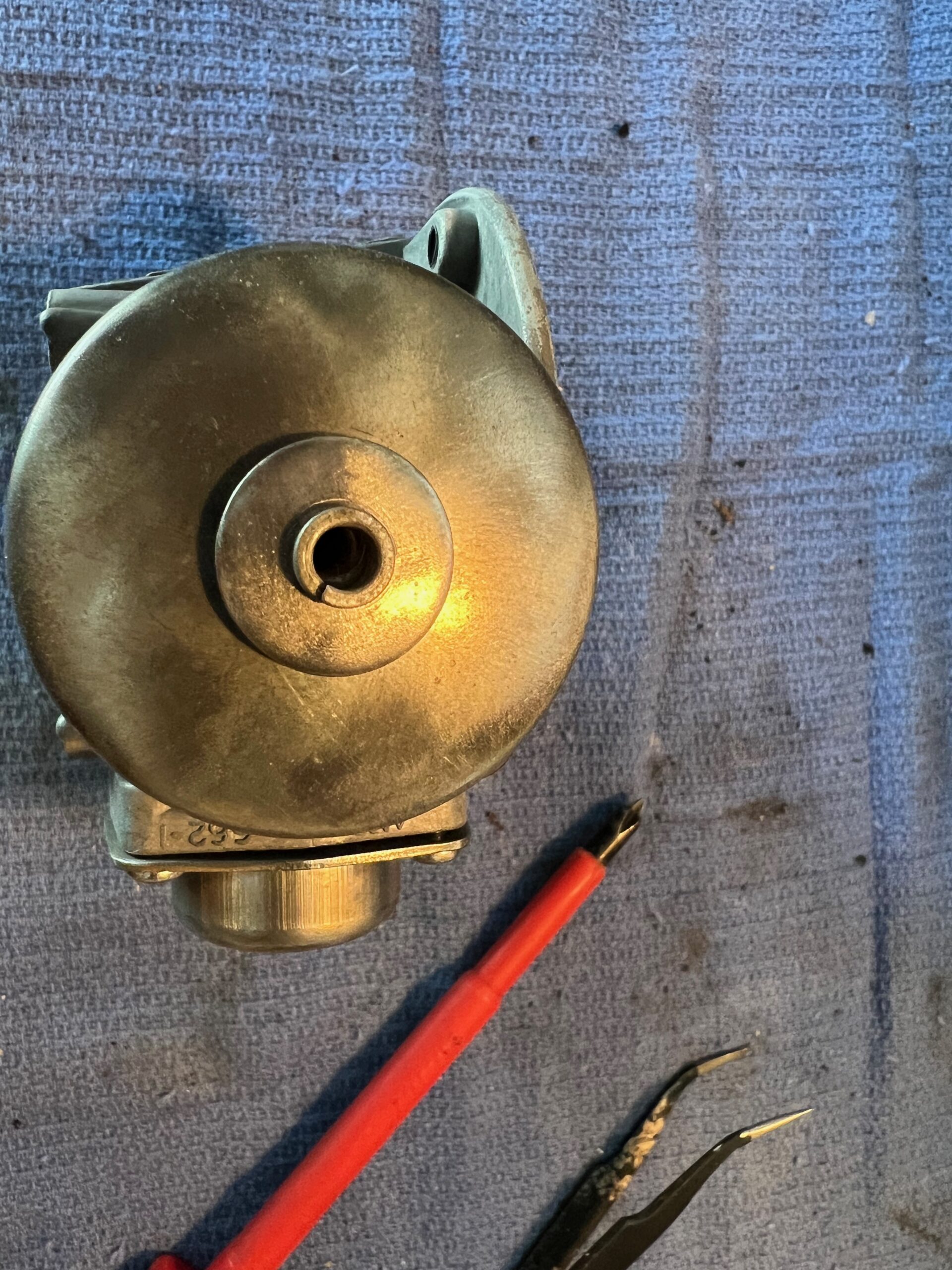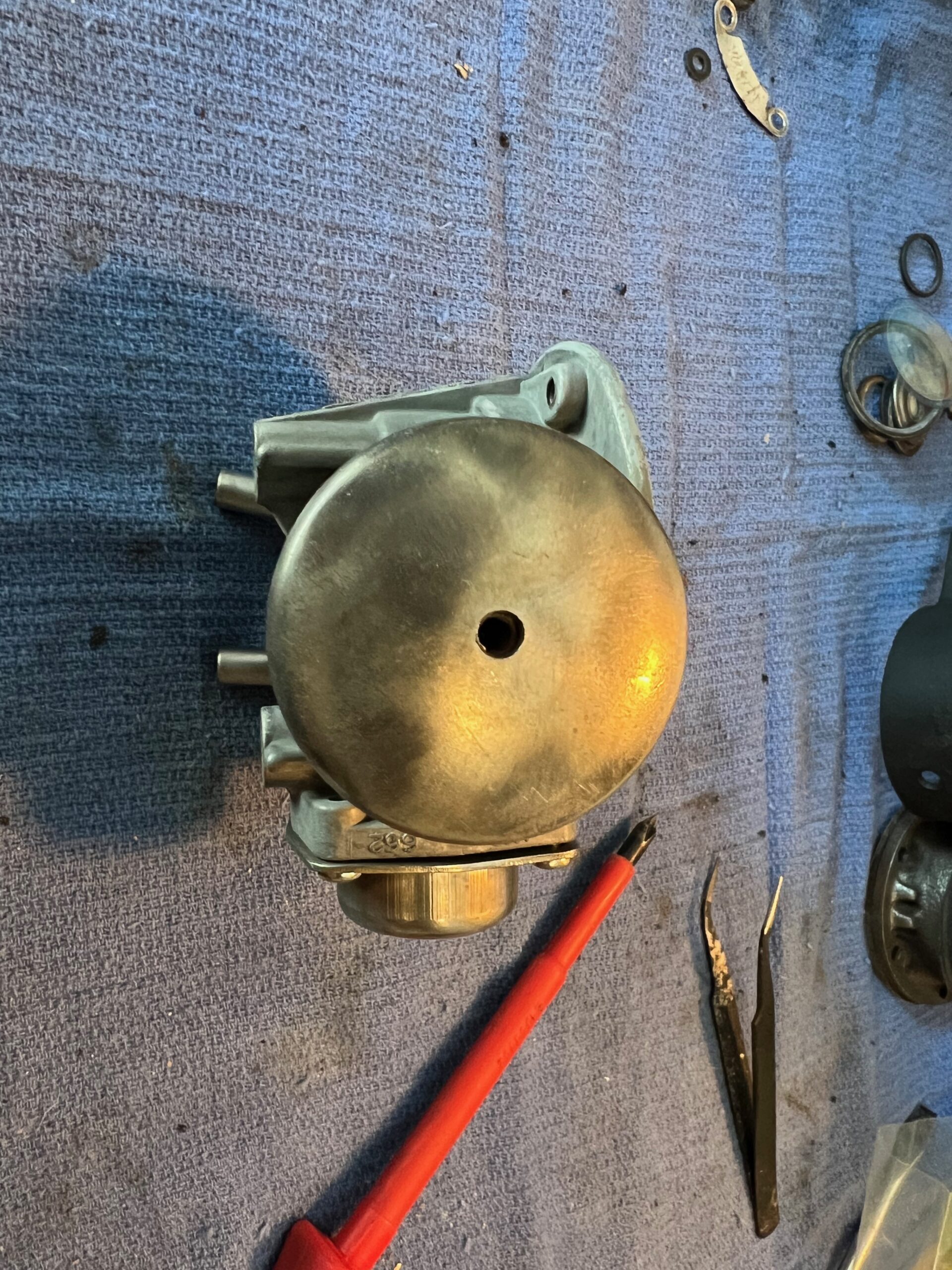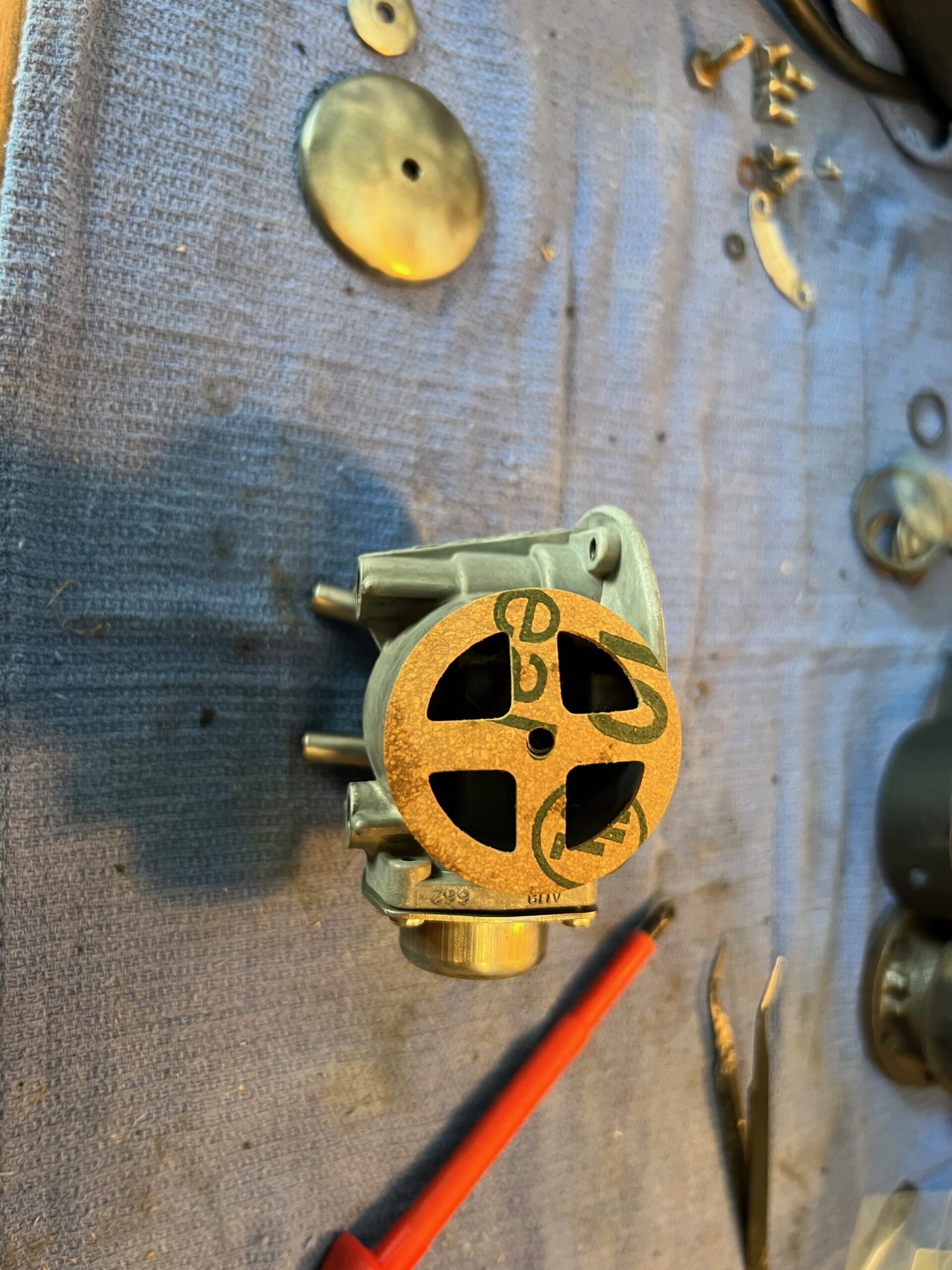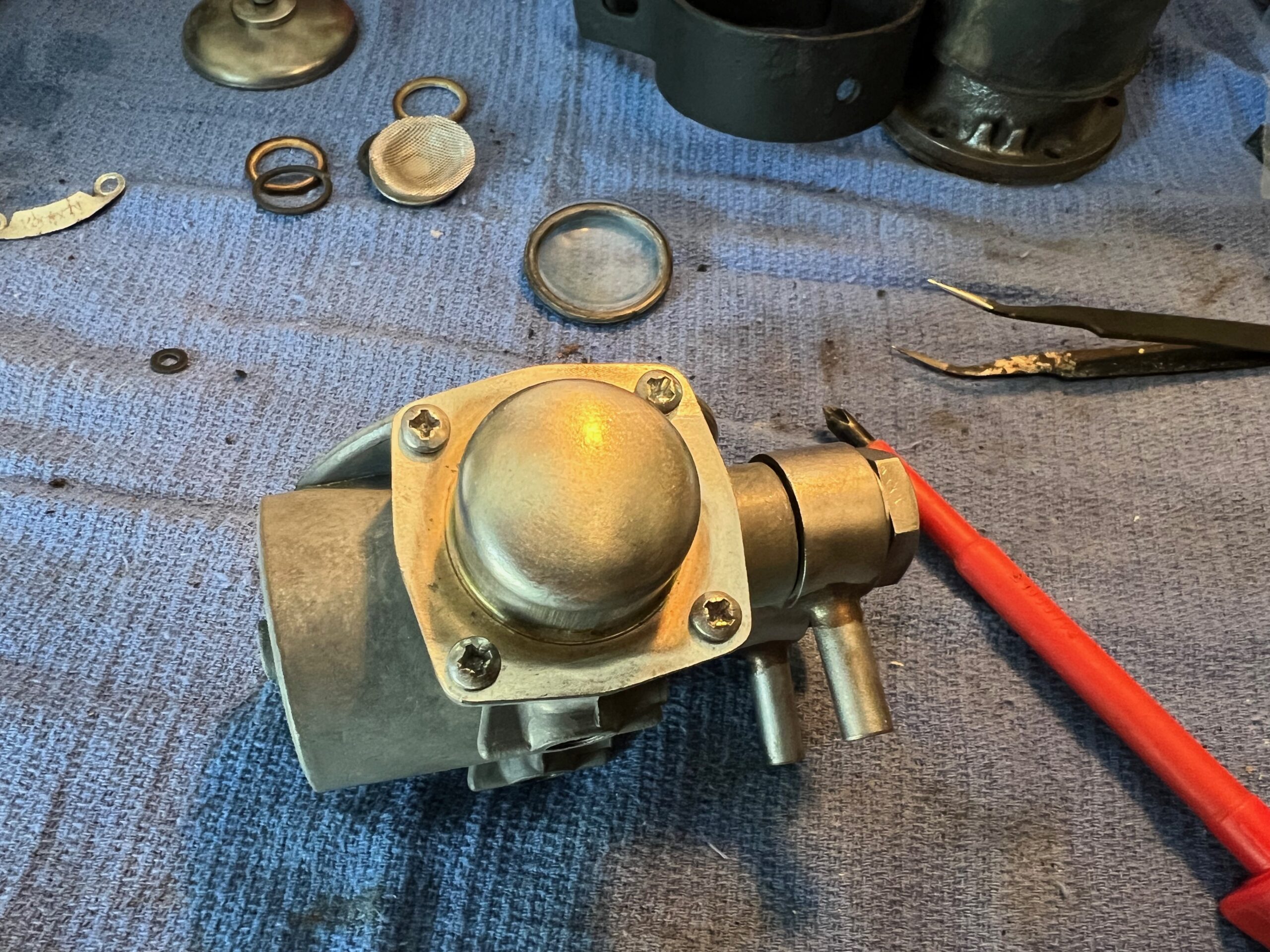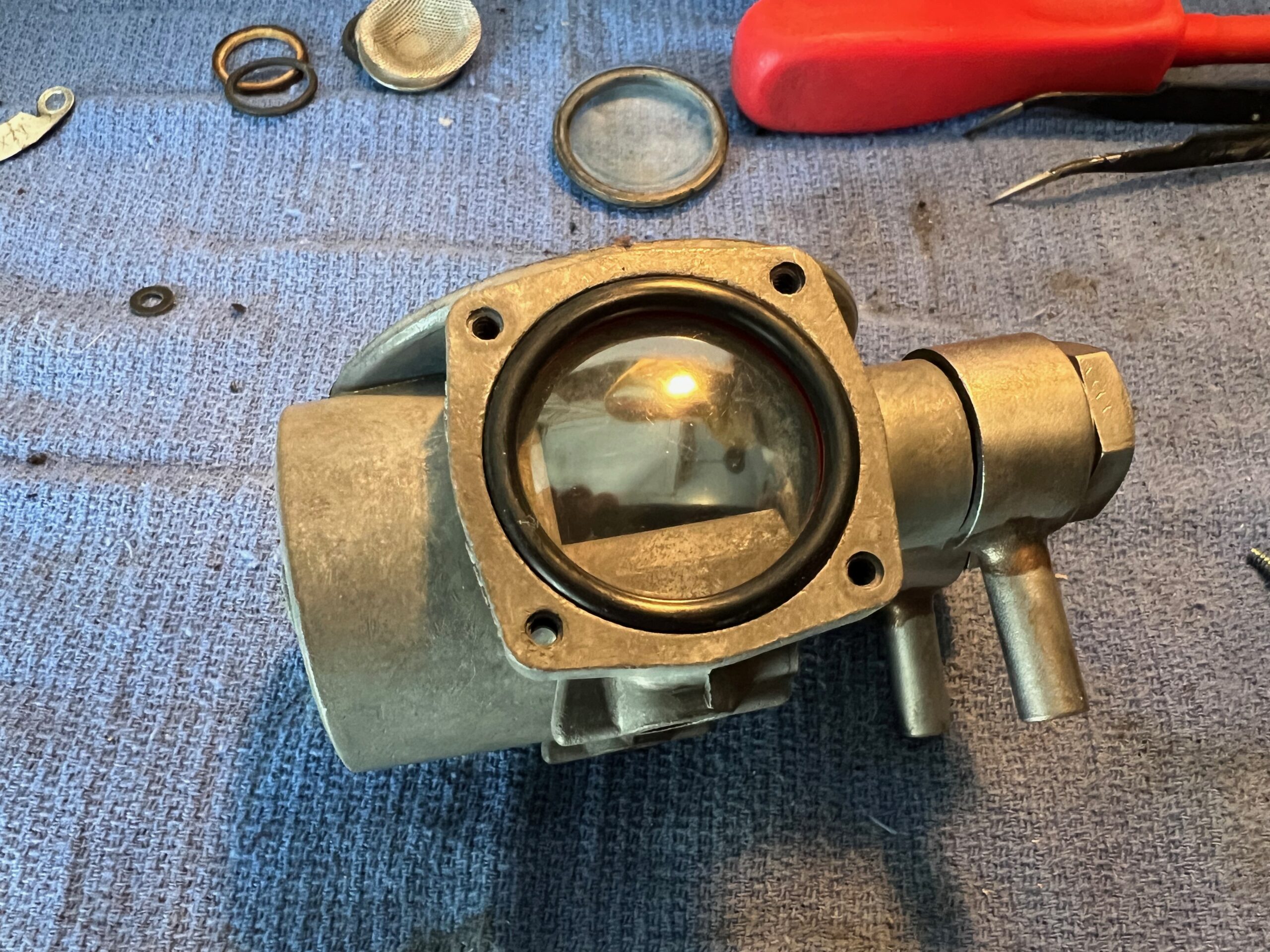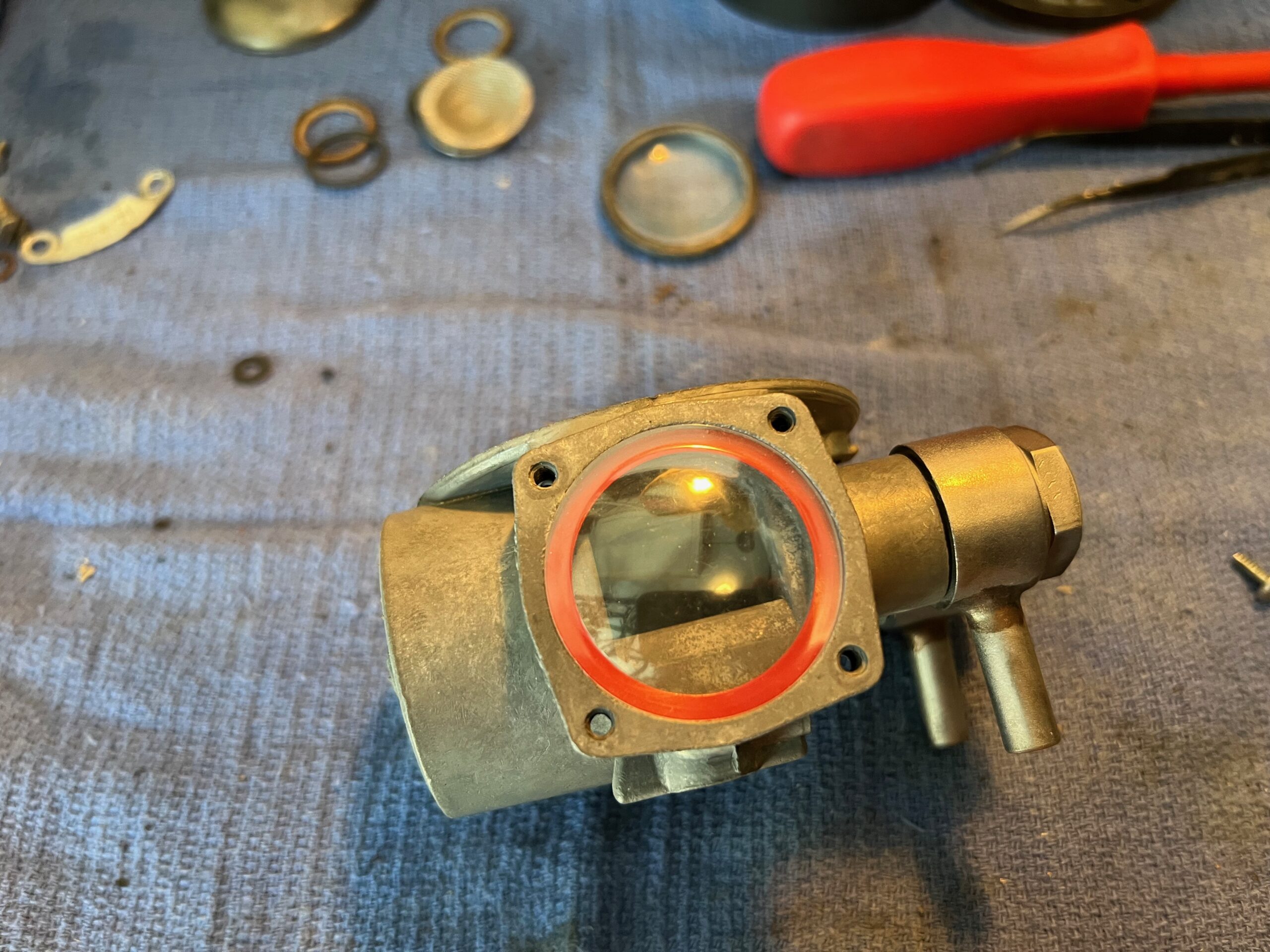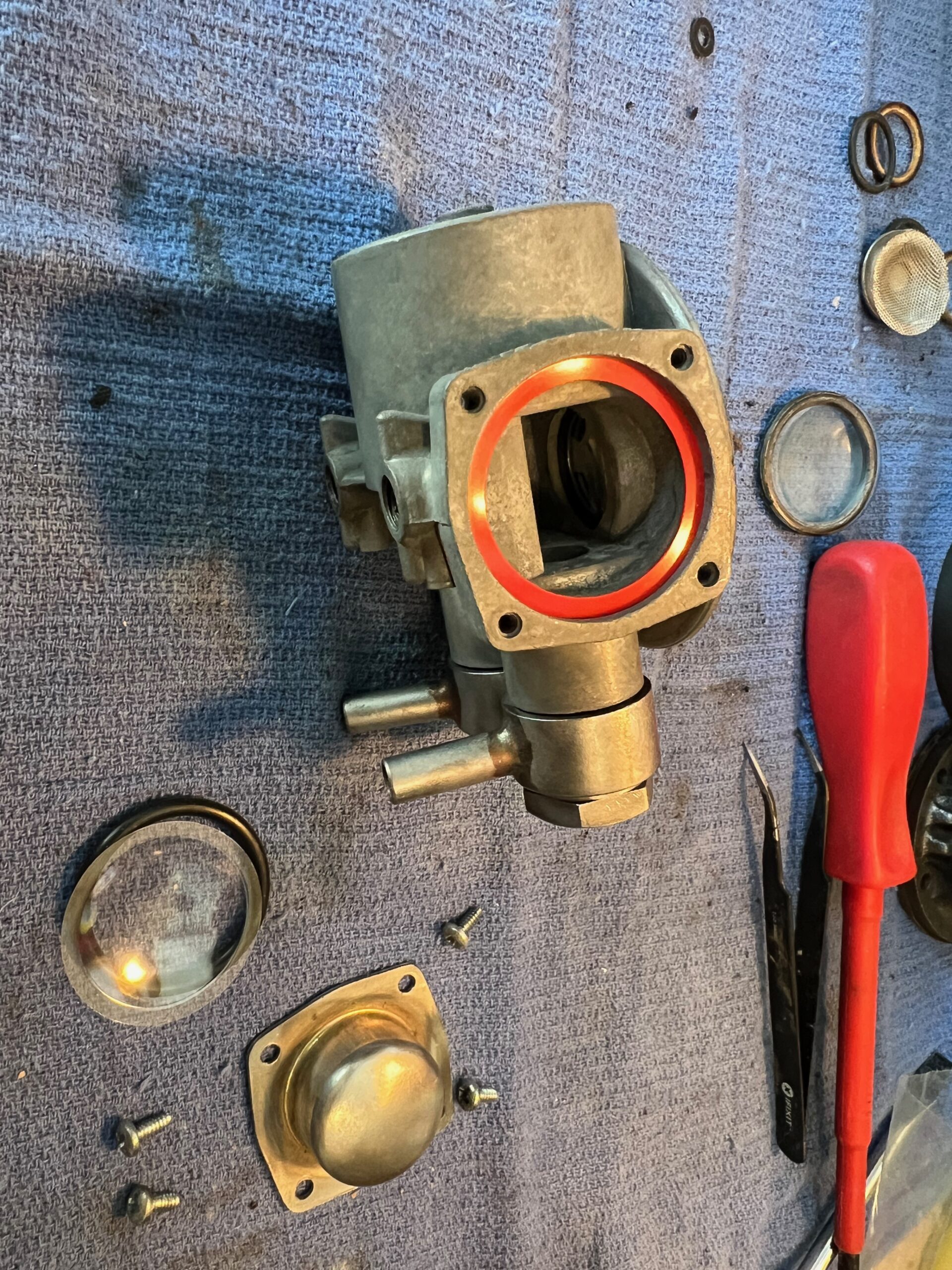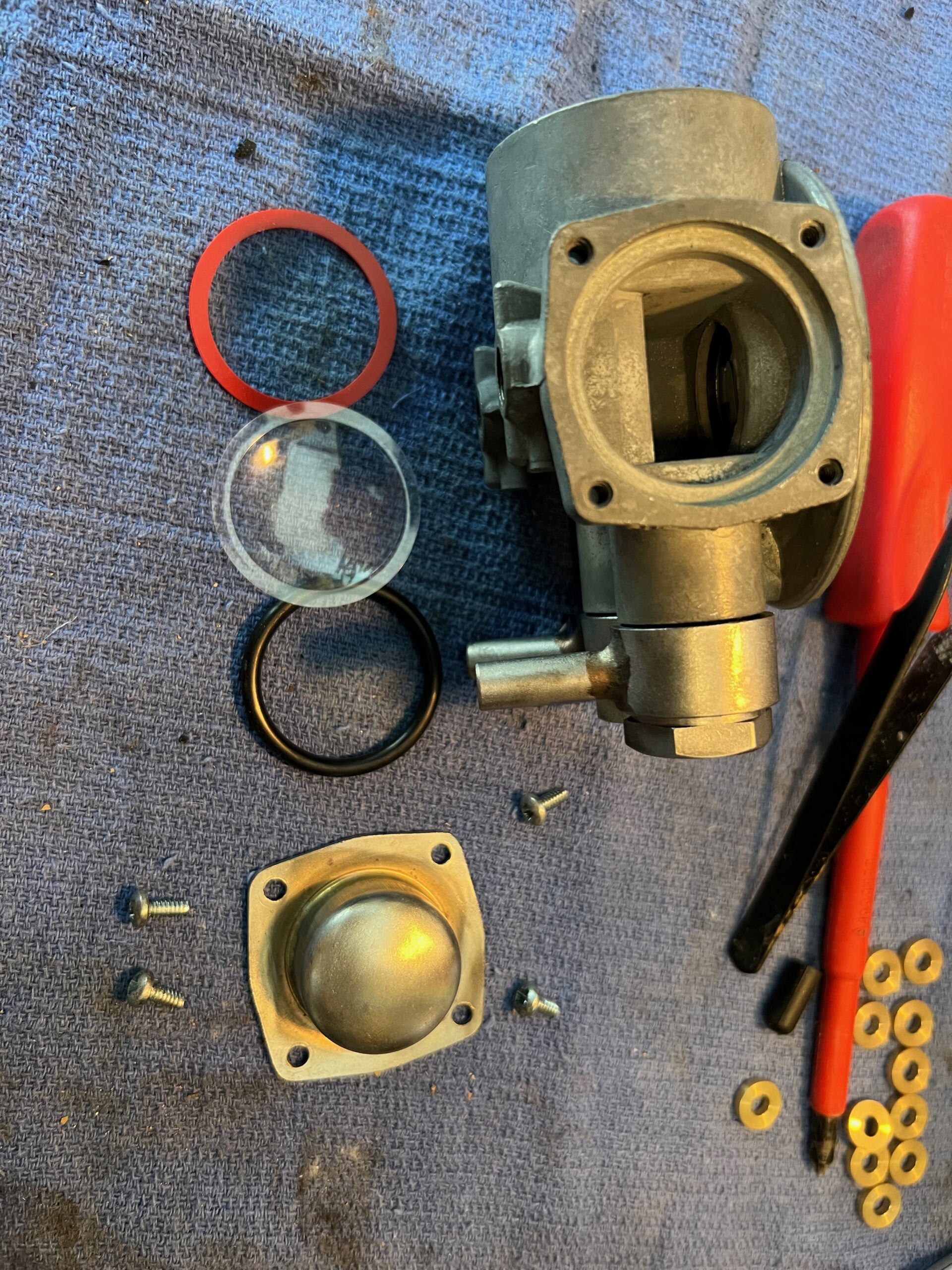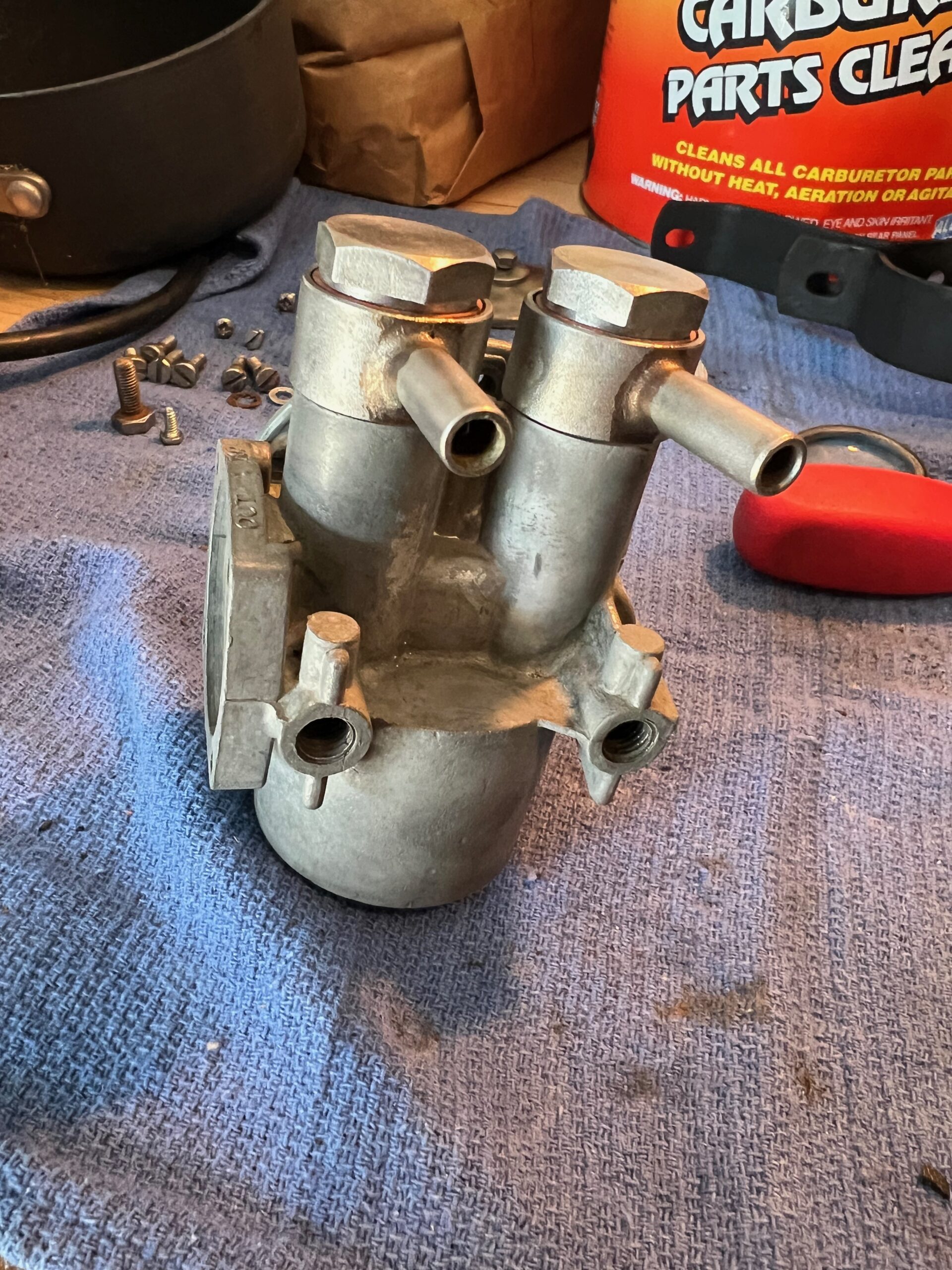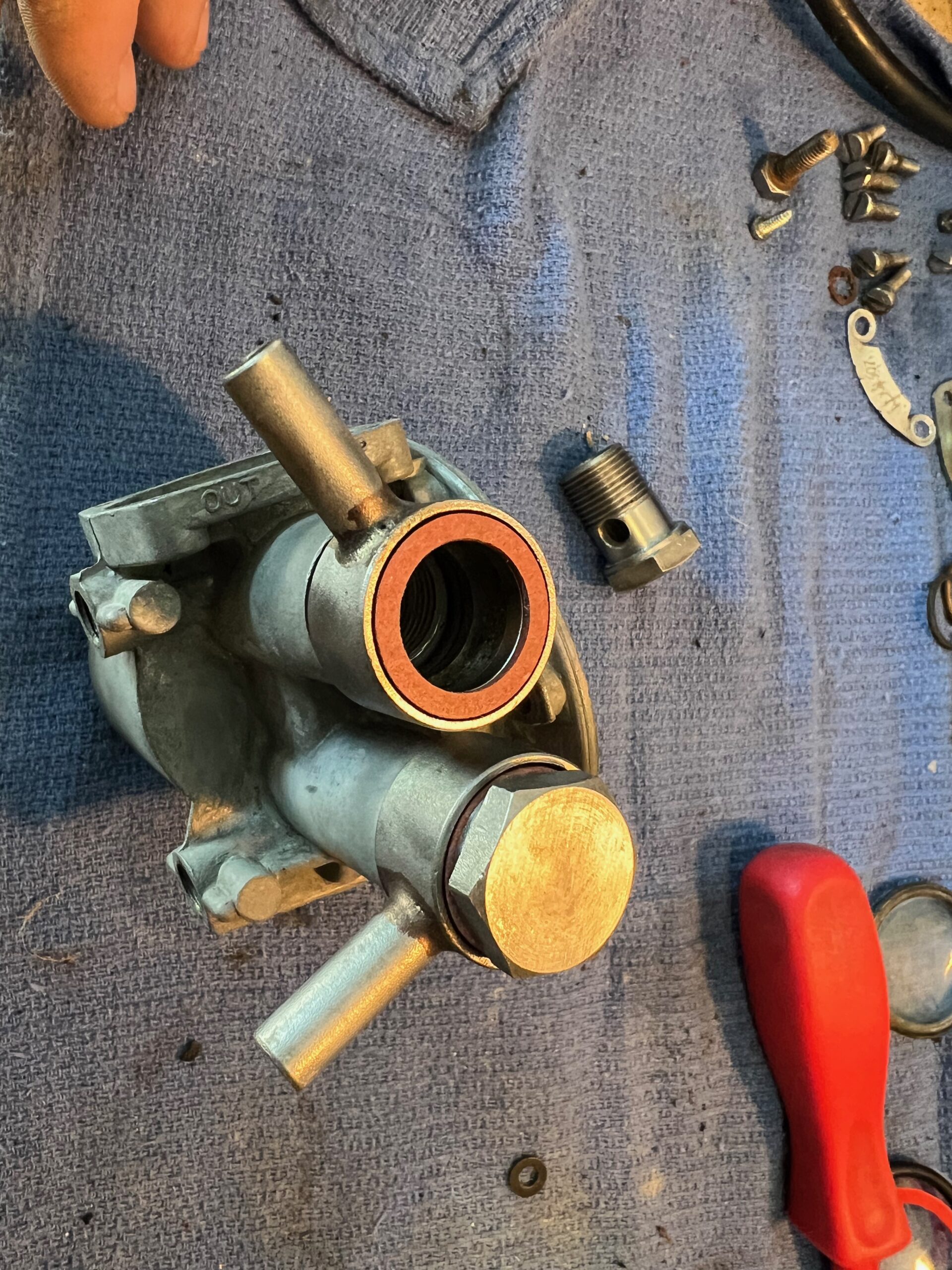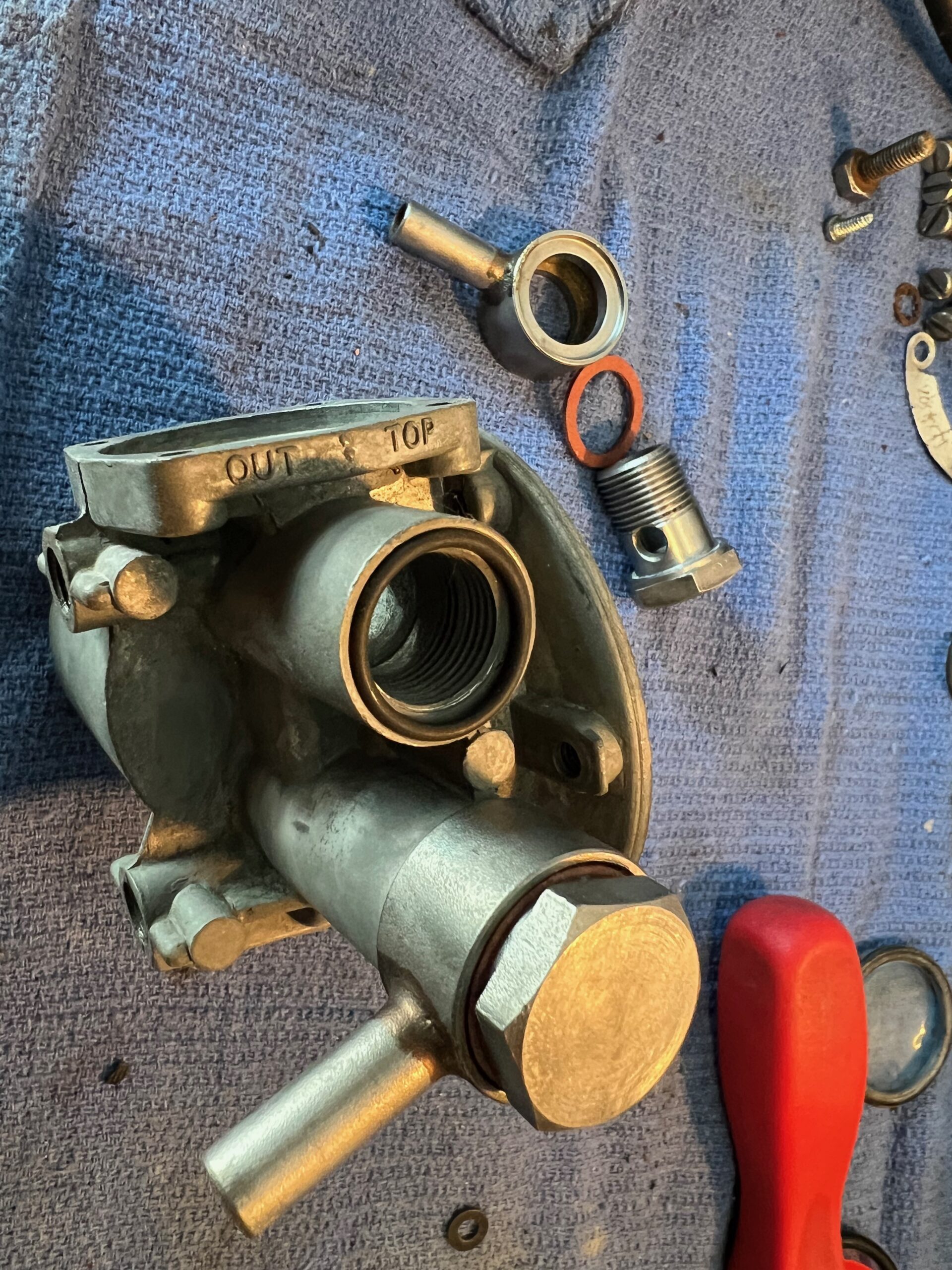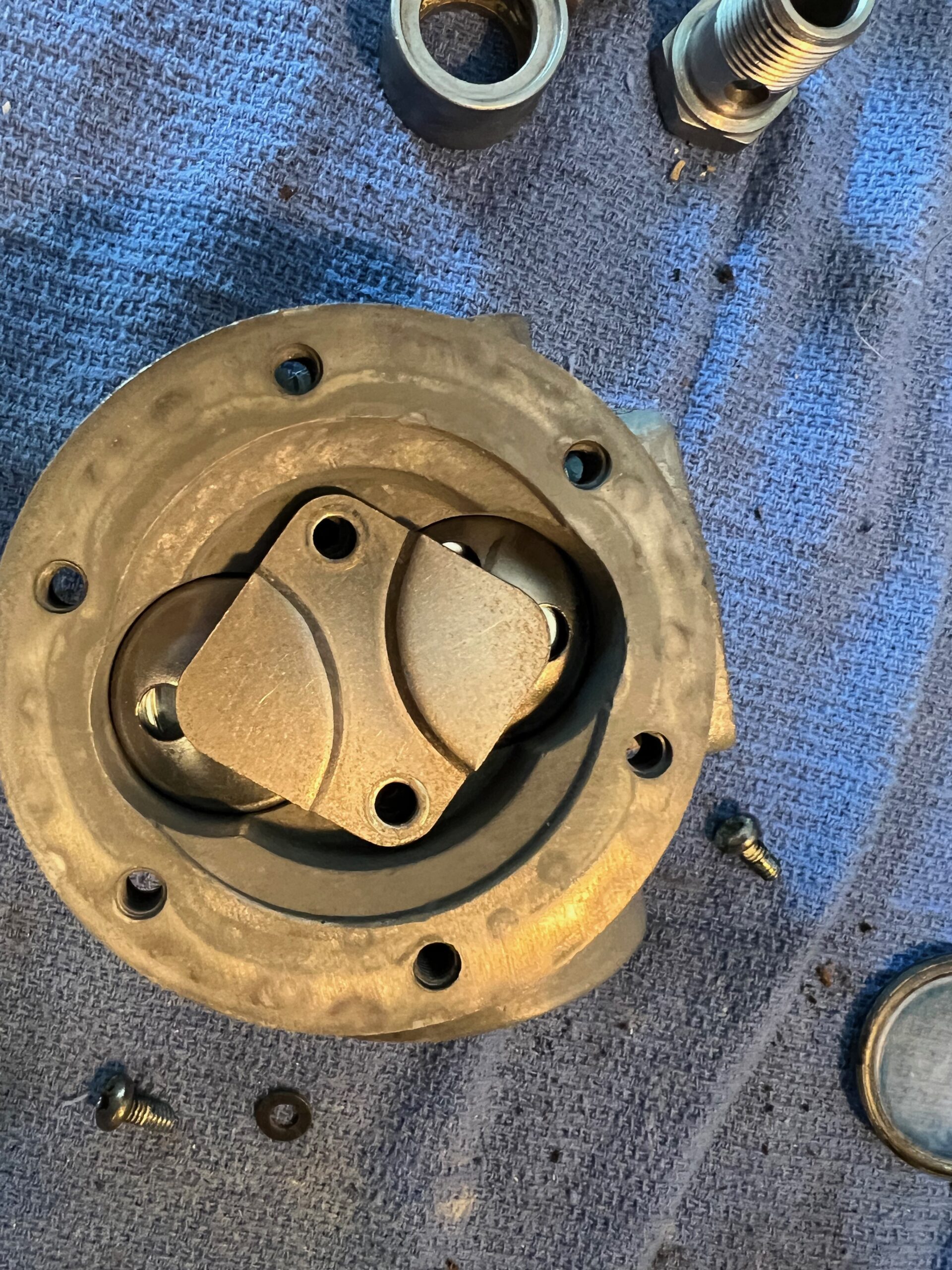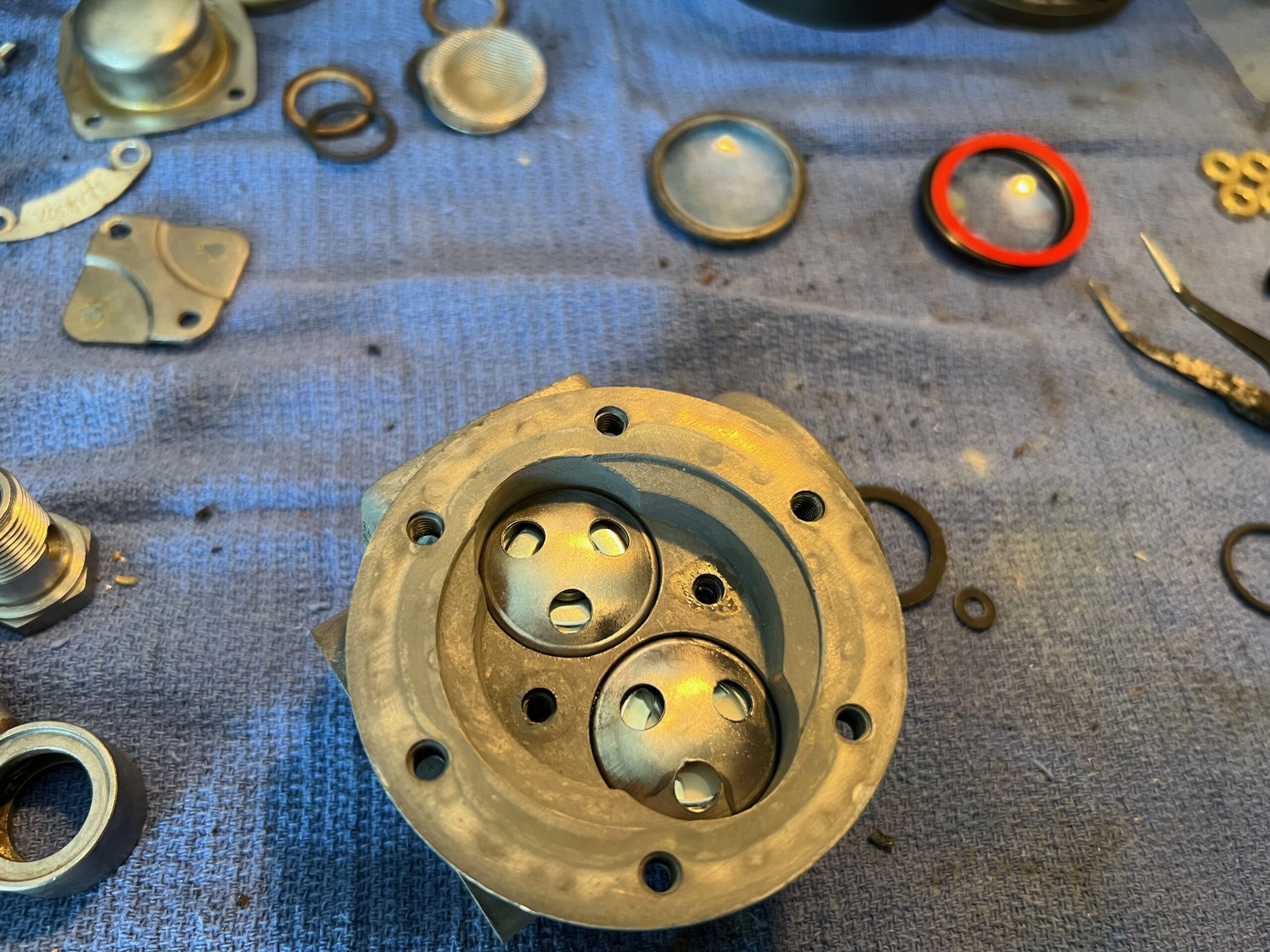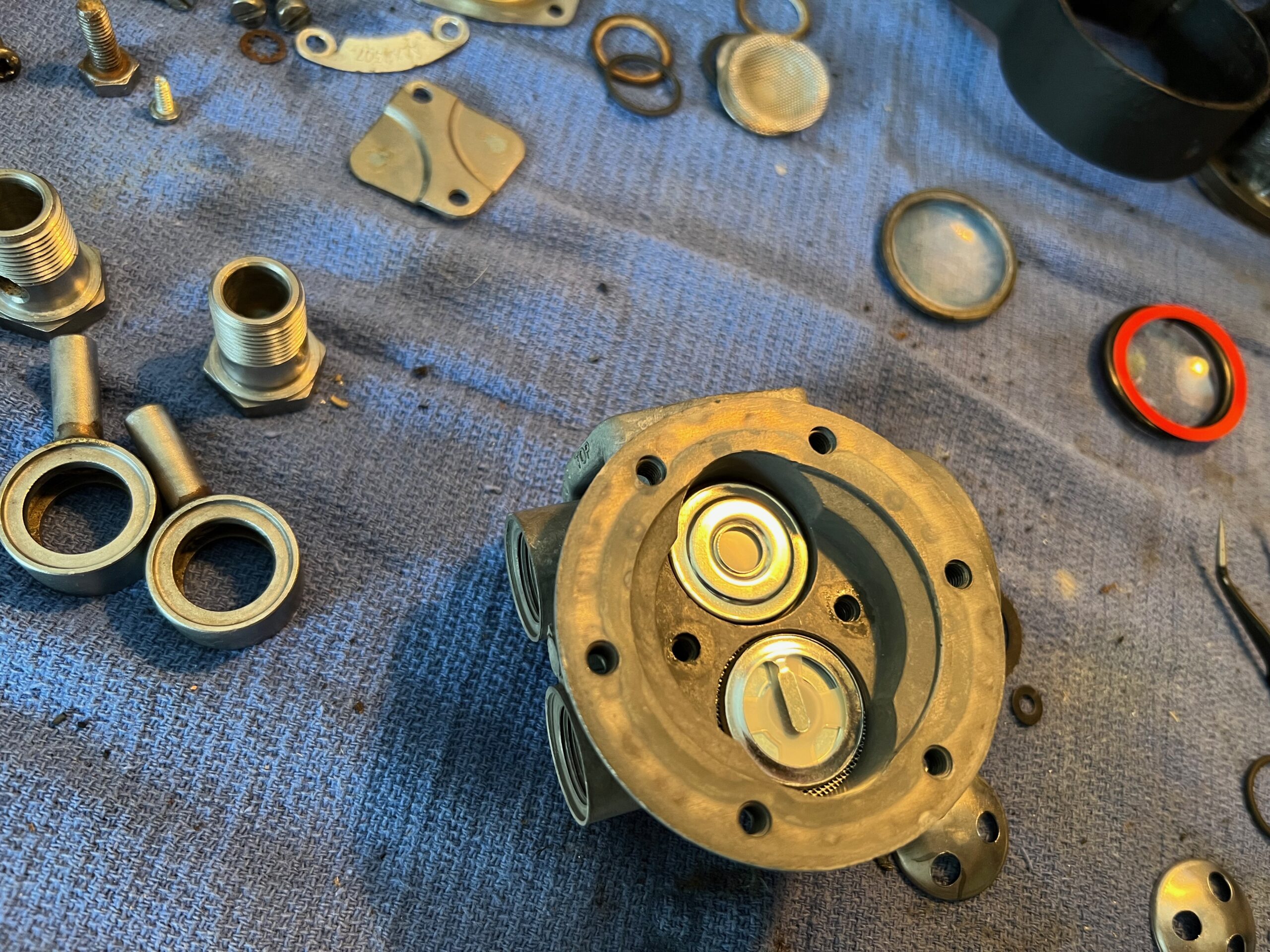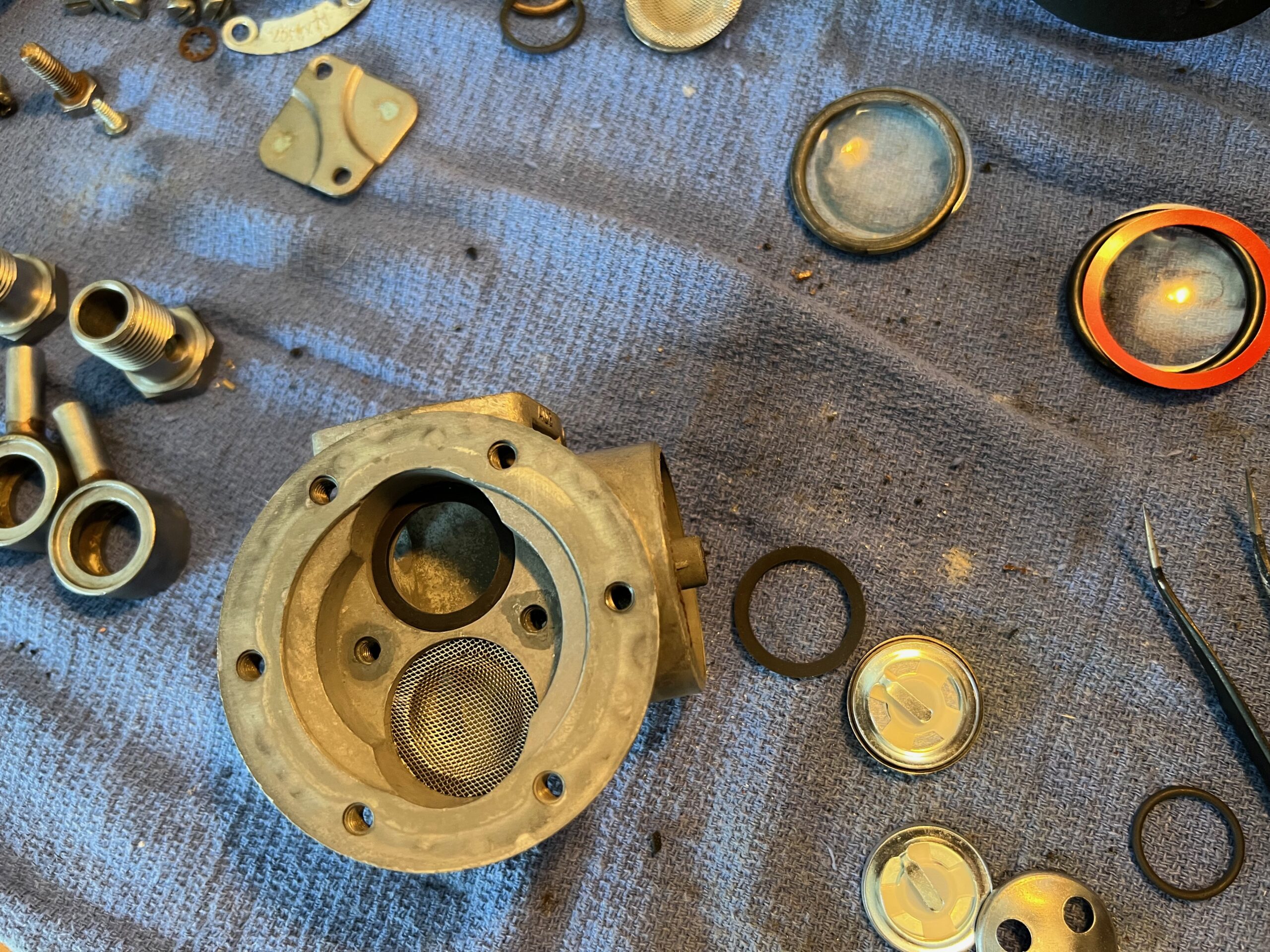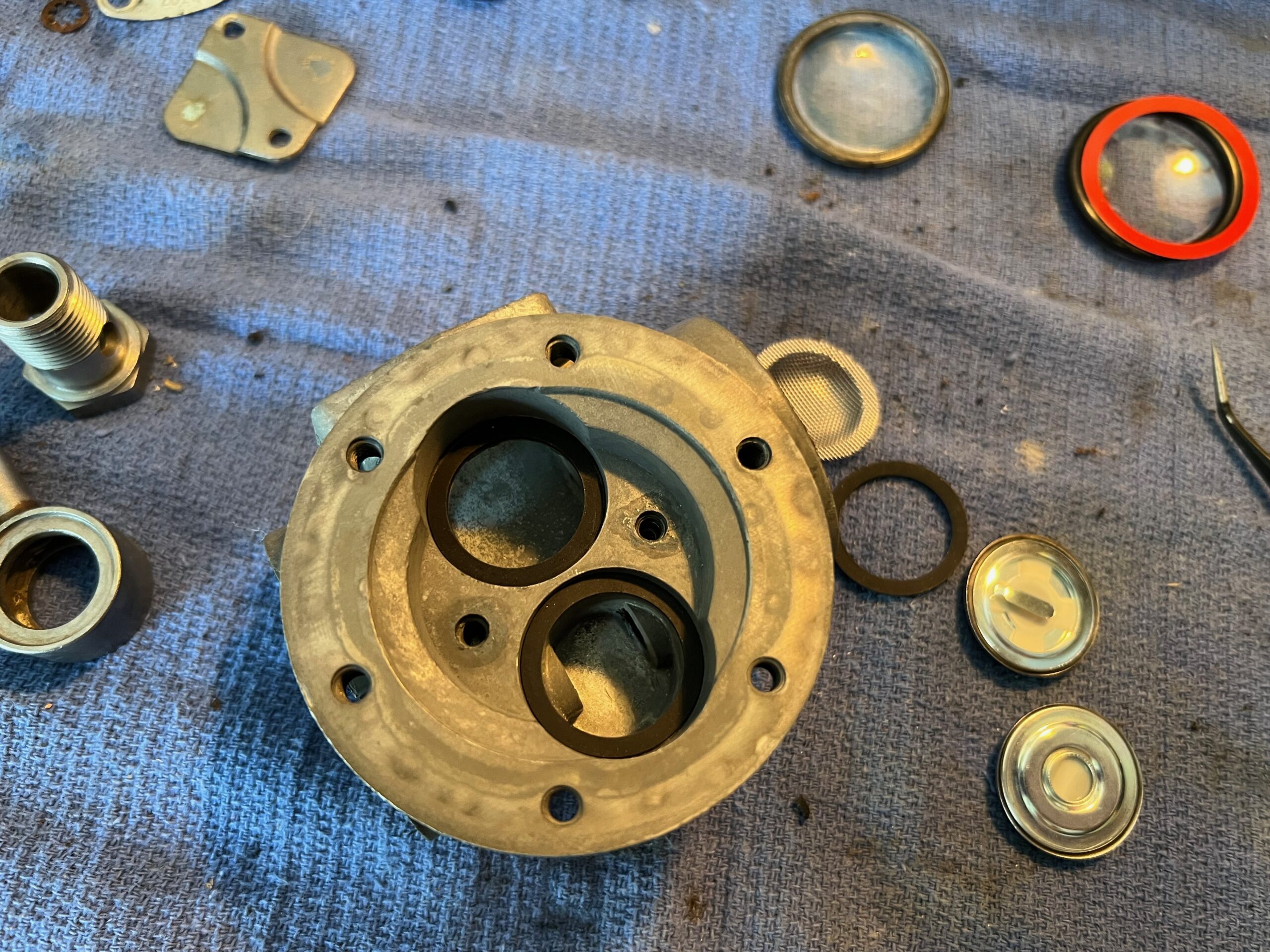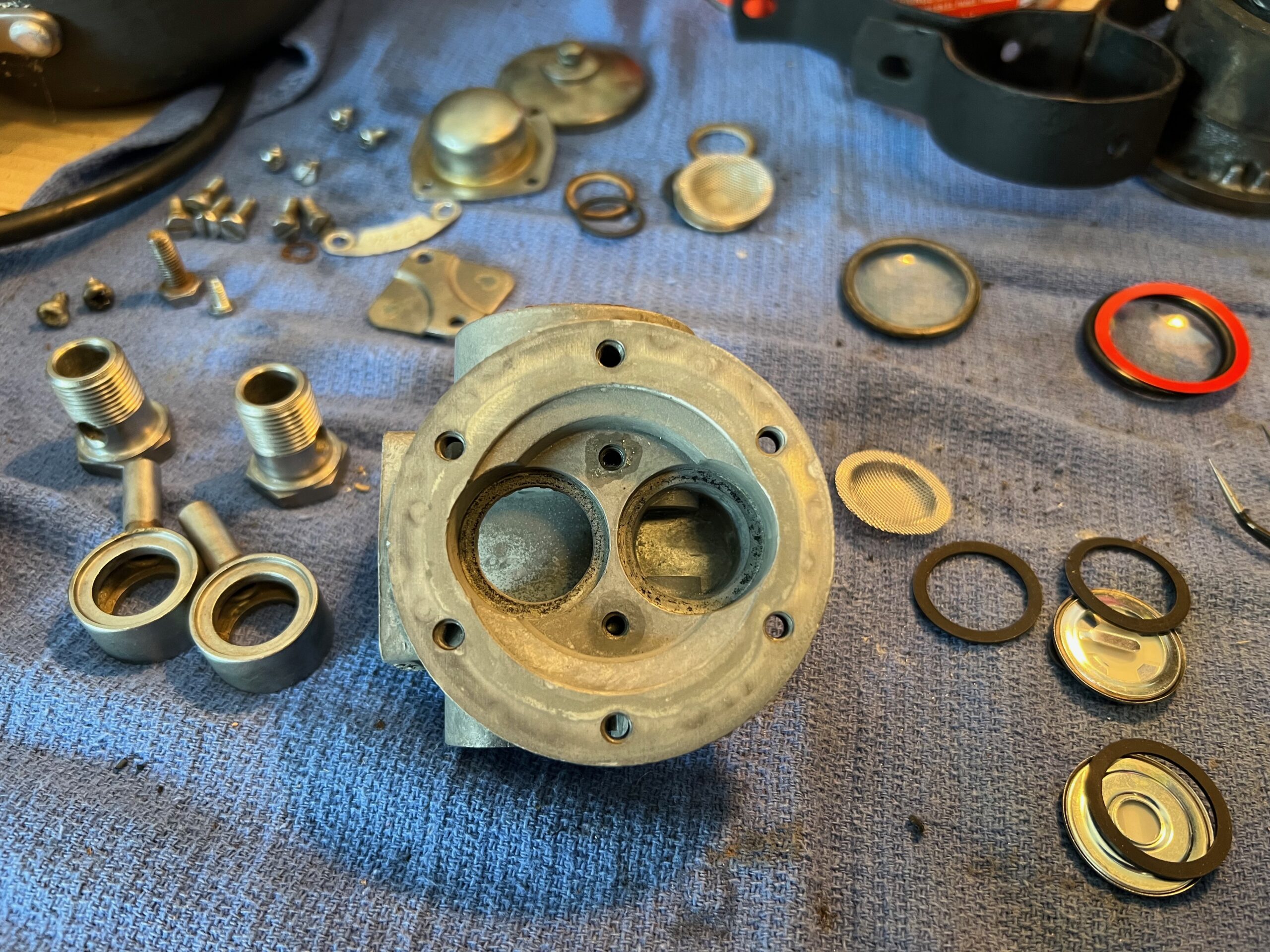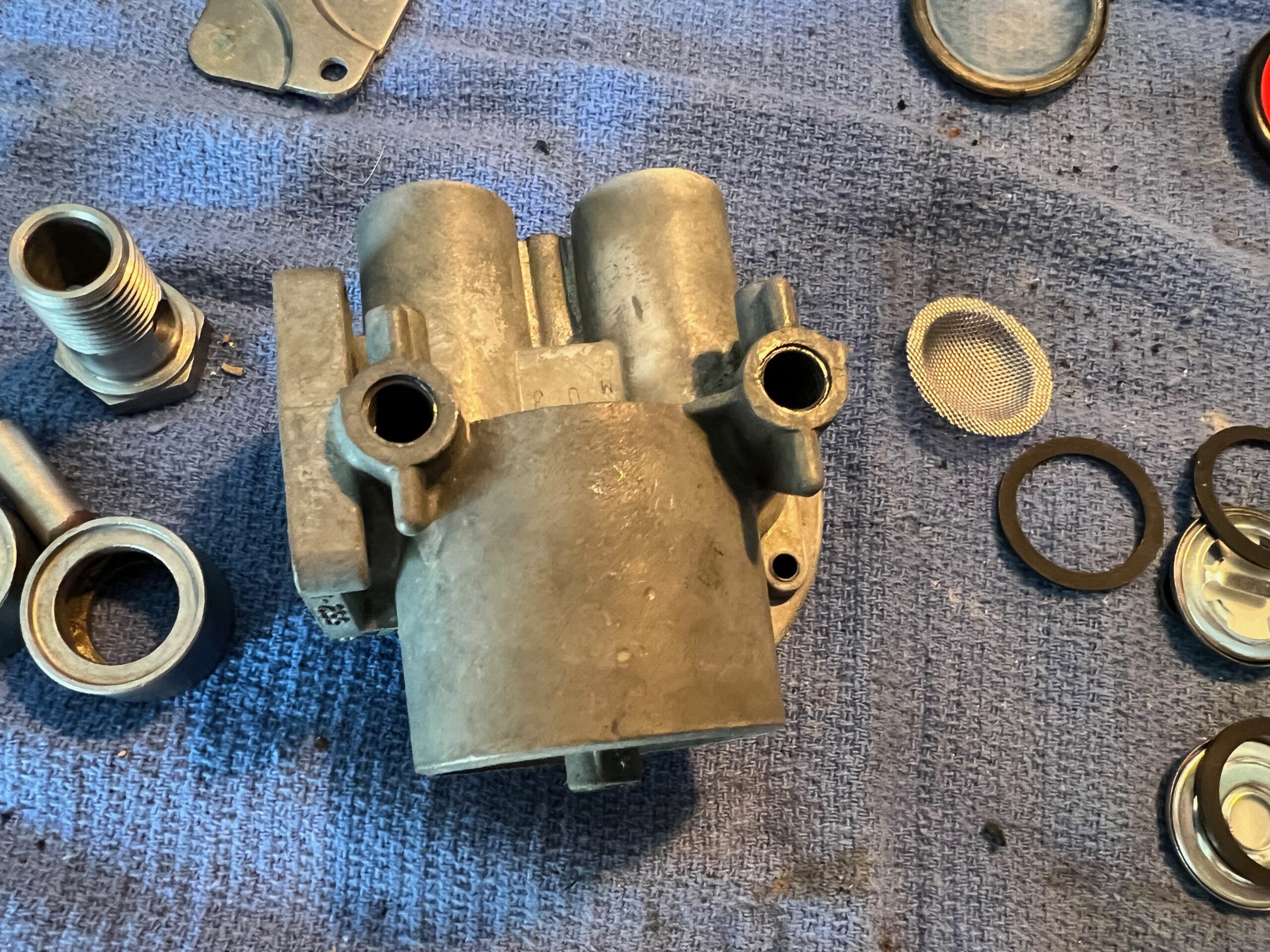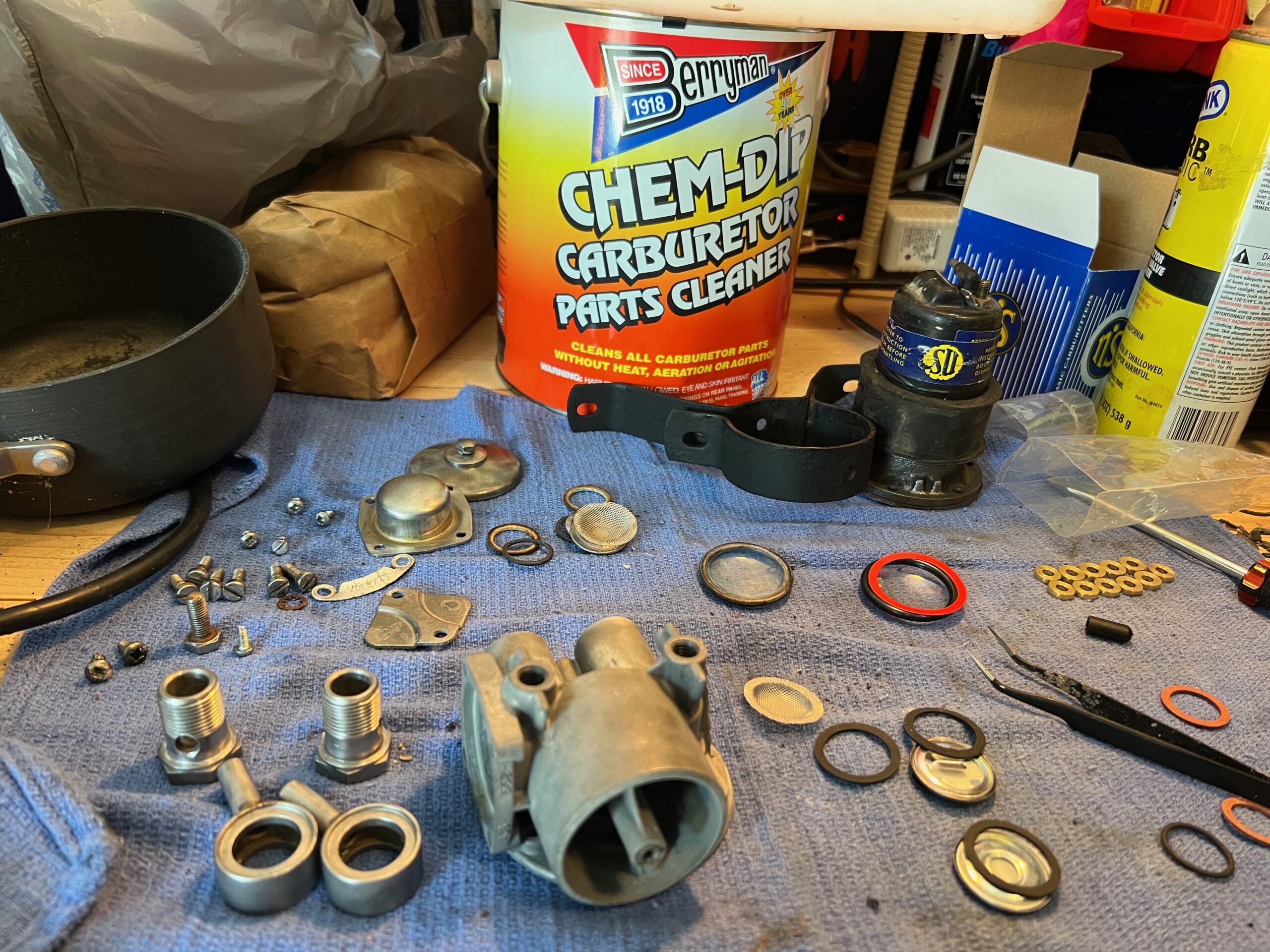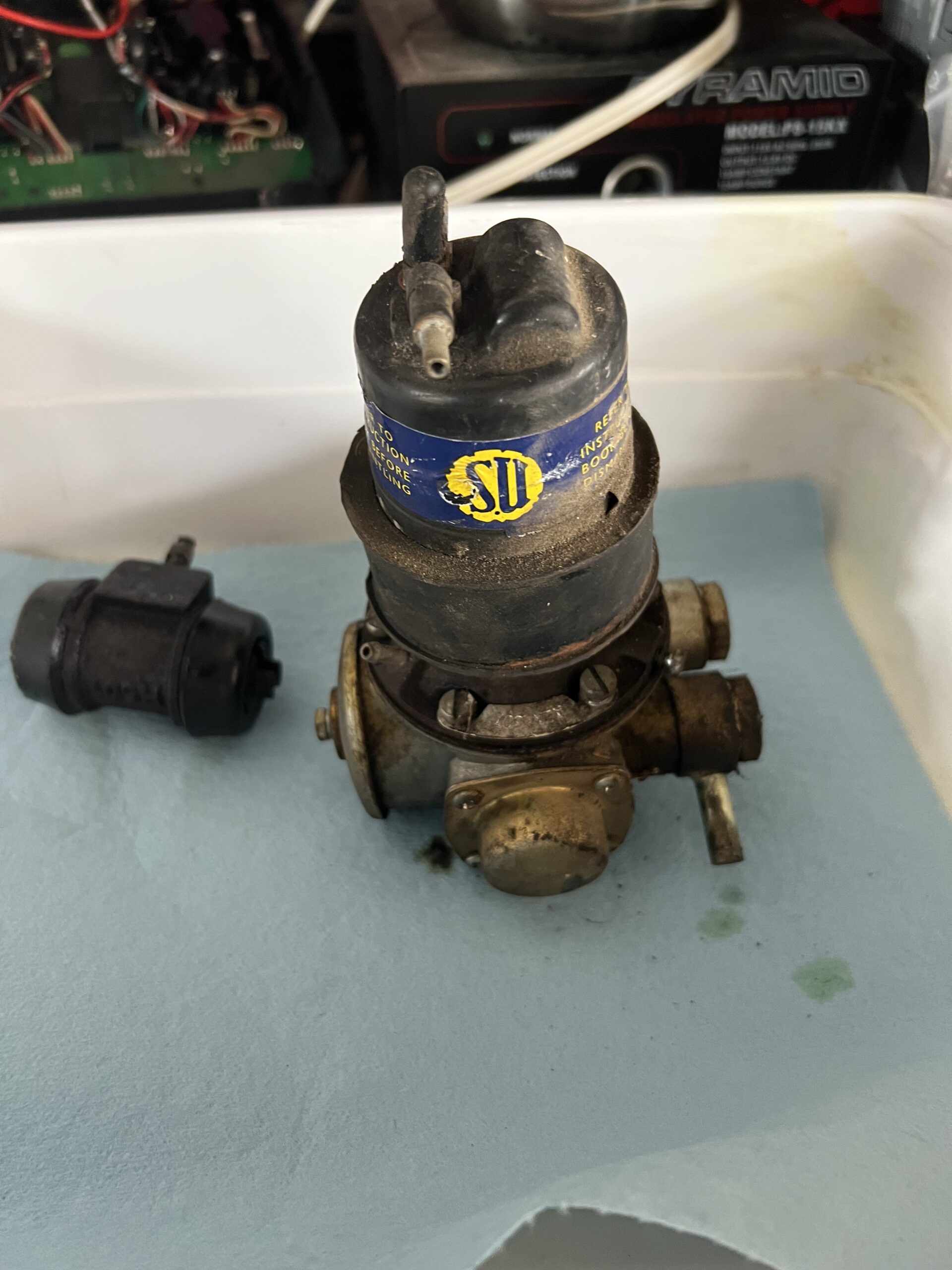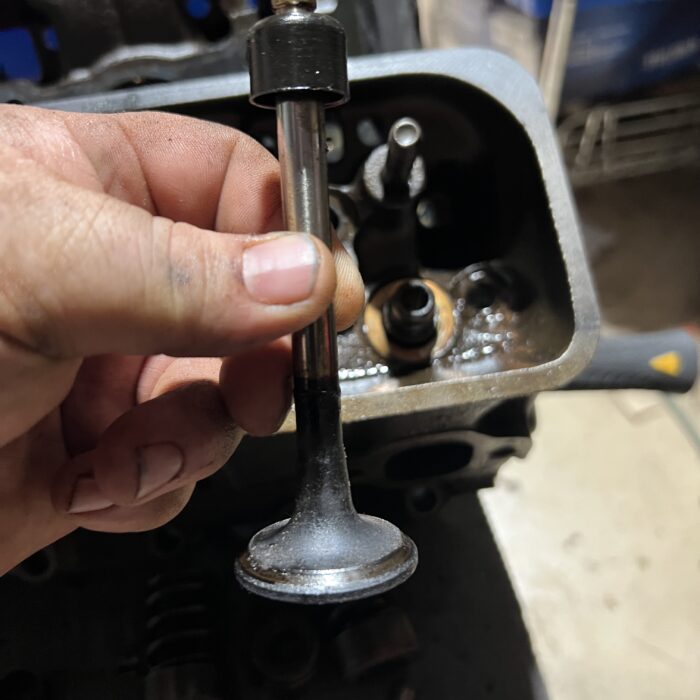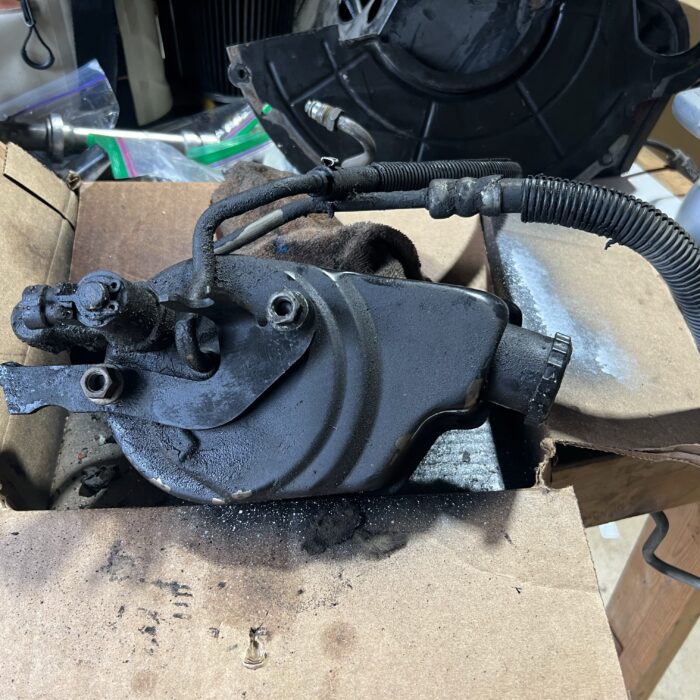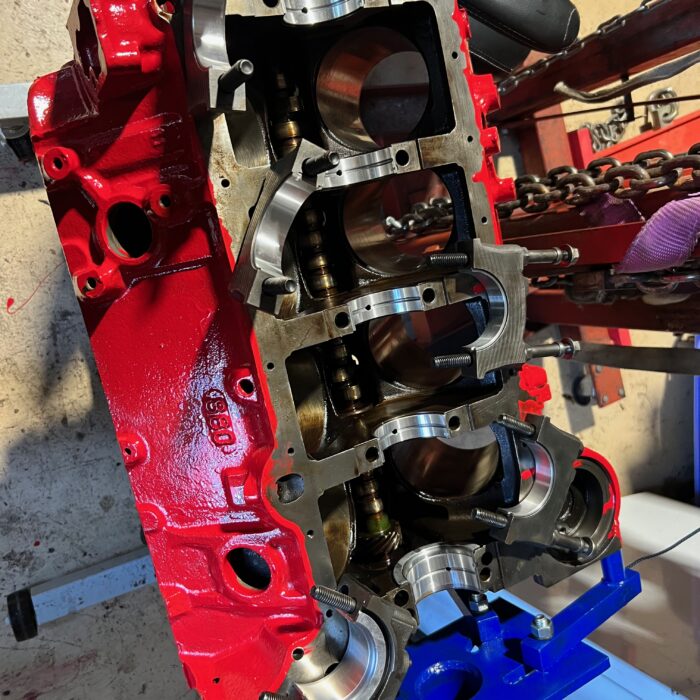Yes that is correct. The SU fuel pump used in many old English vehicles utilizes points and condenser to energize and de-energize an electromagnet that modulates a large diaphragm, pumping fuel through the pump head. This technology should not be foreign to anyone who has driven a vehicle older than 1973, but usually it is run across as the method by which the coil is timed to fire at the current sparkplug that needs energizing.
As anyone who has driven a vehicle that has points and condenser in it’s distributor can attest to the fact that every once in a while they need some maintenance. The points spark as they separate and that spark causes a trace amount of ash to cover where the spark landed. The condenser is supposed to minimize how much the points spark but inevitably the ash covers all the metal and the points no longer have the ability to transmit electricity and the car stops working. This is exactly the same as what happens in the fuel pump. It sounds very dangerous having sparks next to fuel, but actually the sparky part is completely separated from the combustible fuel by a cover, a large coil magnet and a rubber diaphragm.
Well it turns out that the points were dirty enough to stop the pump working at about the same time I started messing with the brake master cylinder so I just move that forward on the list of things to work with. There is no use stopping a car that doesn’t go.
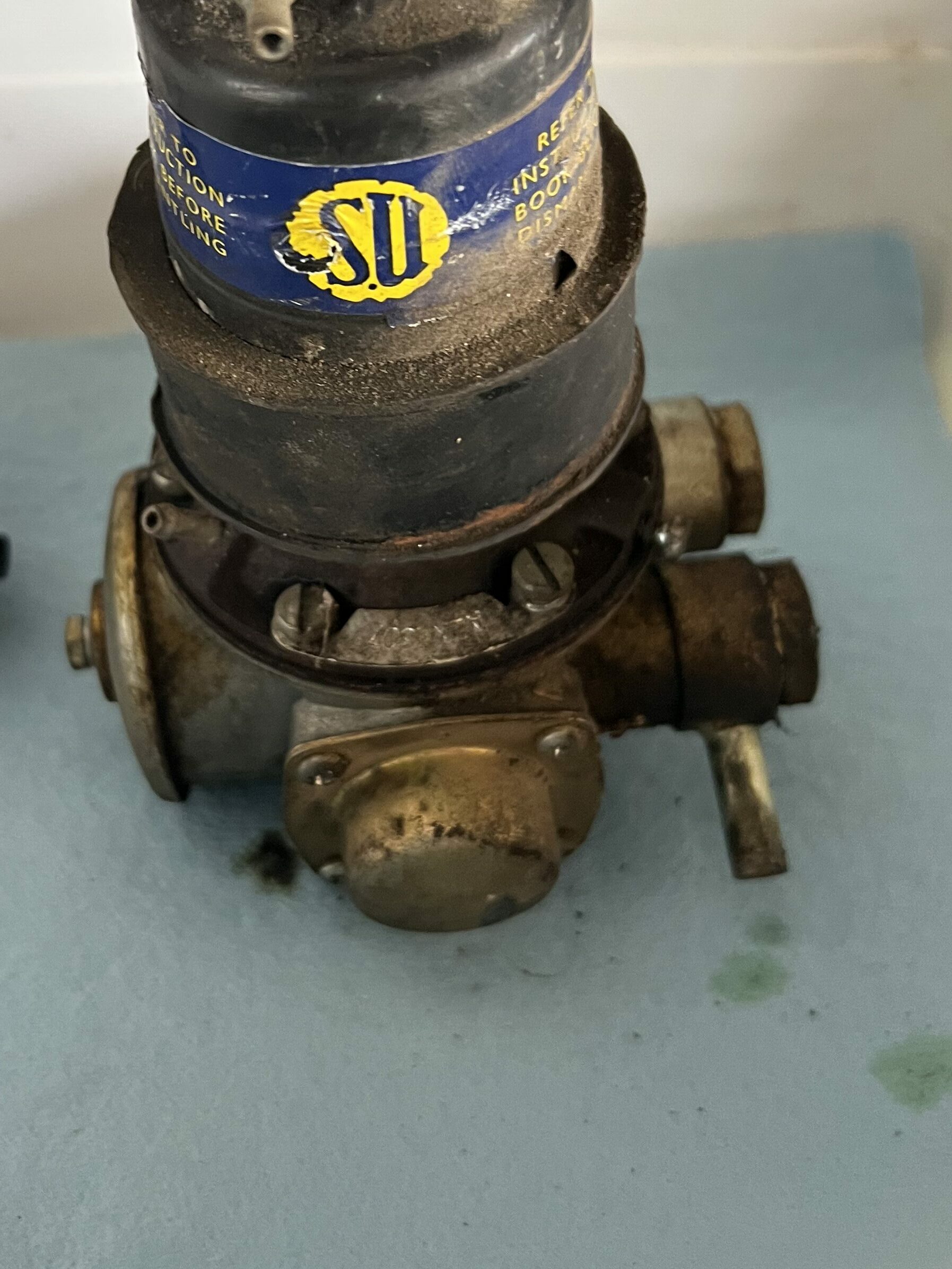
I pulled out the pump and decided it needed a full rebuild. I had already ordered all the parts to do it so it was just a matter of taking it apart, cleaning it and assembling it with new gaskets etc. In reverse order from the bottom, which shows the tank of carb cleaner I dipped it all in. This is the mechanical part of the fuel pump itself.
